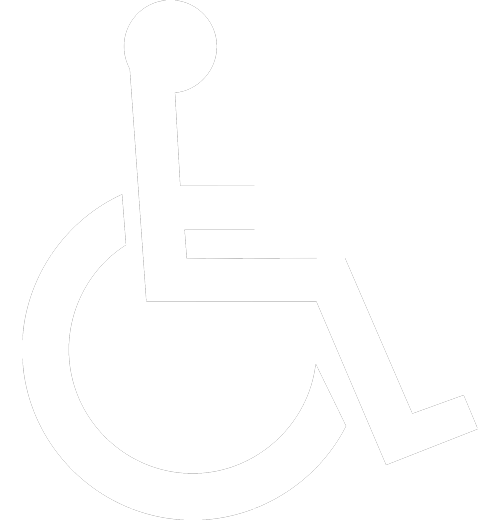Tips to Train Your Dog
Dog training can be a tricky process. After all, it’s not always easy to teach your pup what you want them to do, and enforcing the rules in the household is harder than it sounds. But training your dog is an important responsibility. Luckily there are some simple tricks that make dog training easier for both you and your pet.

- Train using positive reinforcement: Using treats to reward good behavior is a great way to train dogs. However, make sure you don’t overdo it! If your dog gets used to receiving food every time they do something right, then when you stop giving them the treat, they may act out in frustration. Instead of using just one type of reinforcement for learning new tricks or commands, try different things like petting and praise, too.
- Train during their prime time: Studies have shown that dogs are at their most active during the morning and then in the early evening – so this is the best time frame to train with your pup if possible. Training outside these hours can still be effective but keep an eye on how tired your dog looks – if they’re about to fall asleep, it’s probably time to stop.
- Train what you want them to do, not what you don’t: It can be very tempting when your dog does something bad or naughty – like stealing food off the countertop – to tell him “no” and then scold him for doing so. But this type of response is only teaching your pup that certain things are wrong instead of giving them direction on how they should act. You may have noticed that dogs naturally tend towards behaviors that get a positive reaction from their owner. For example, if your dog is sitting nicely waiting for you to take them on a walk, shower them with praise. This will encourage good behavior – sitting nicely – while discouraging bad habits.
- Eliminate/Reduce Distractions: Whether you’re teaching your pup a new trick or simply trying to reinforce some good behavior, distractions can make the task very challenging. If there is too much going on around them while they are being trained, then it will be difficult for your dog to concentrate. Try training your dog one-on-one and with limited distractions – and then slowly add in distractions as they grasp your training.
- Be consistent and concise: If everyone in your household has a different idea on how to train the dog (or if you switch training tactics for no apparent reason), then it will be hard for your pup to learn what’s expected of them. Being consistent means sticking with one approach, even when it doesn’t seem like things are progressing. And keep your commands concise – so it will be easier for your dog to understand.
- Be patient: Training takes time, and you need to be patient with your pooch while they learn. Dogs often don’t seem very smart, but in fact, the canine brain is extremely similar to that of a human baby – allowing them to pick up on new skills much faster than we realize. But it’s important not to give up too soon!
- Make learning fun: Dogs are social creatures just like humans, so try incorporating games into their lessons/practice sessions which they’ll enjoy. Maybe you play fetch as a means of positive reinforcement or as a way to end a training session.
If dog training were easy, then everyone’s puppy would be the perfect pet. Set yourself some realistic goals and reward your pup when they have achieved them successfully – with praise or treats depending on their preference. And if you still need help – enroll in an obedience class or look for a dog trainer in your area.
Recent Posts








